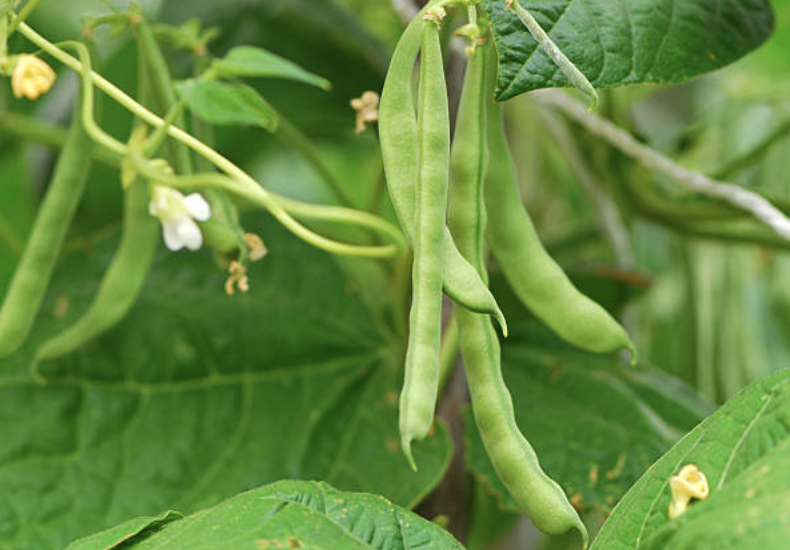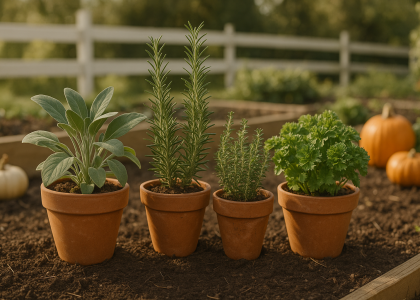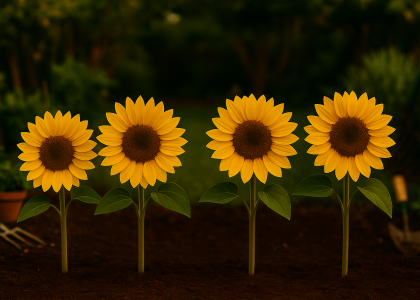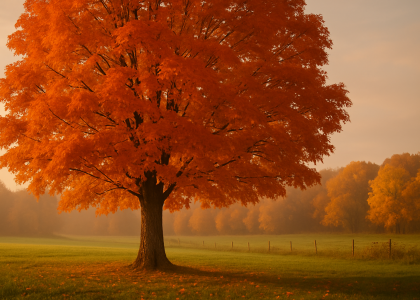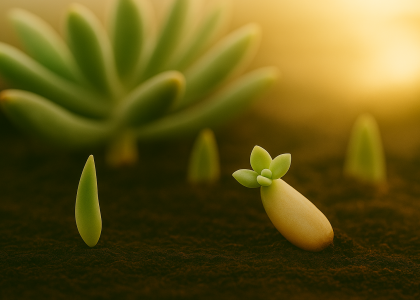Learn how to grow beans at home with ease! From bush to pole to yardlong varieties, this beginner-friendly guide covers container and garden bed options, sunlight and soil needs, pest control, harvesting tips, and delicious cooking ideas.
Table of Contents
- Why Grow Beans?
- Best Bean Varieties for Beginners
- Light, Soil & Space for Happy Beans
- Container vs In-Ground: Which to Choose?
- Watering, Feeding & Trellis Tips
- Common Problems & Organic Fixes
- Harvesting & Storing Beans
- How to Cook + Best Companion Plants
- Final Thoughts + Free Printable
Why Grow Beans?
Beans are the feel-good heroes of the garden: fast-growing, nutritious, and satisfying. They help enrich the soil with nitrogen, making your entire garden happier. And the best part? They’re fun and foolproof—even for kids! Watching those little green shoots climb upward feels like magic.
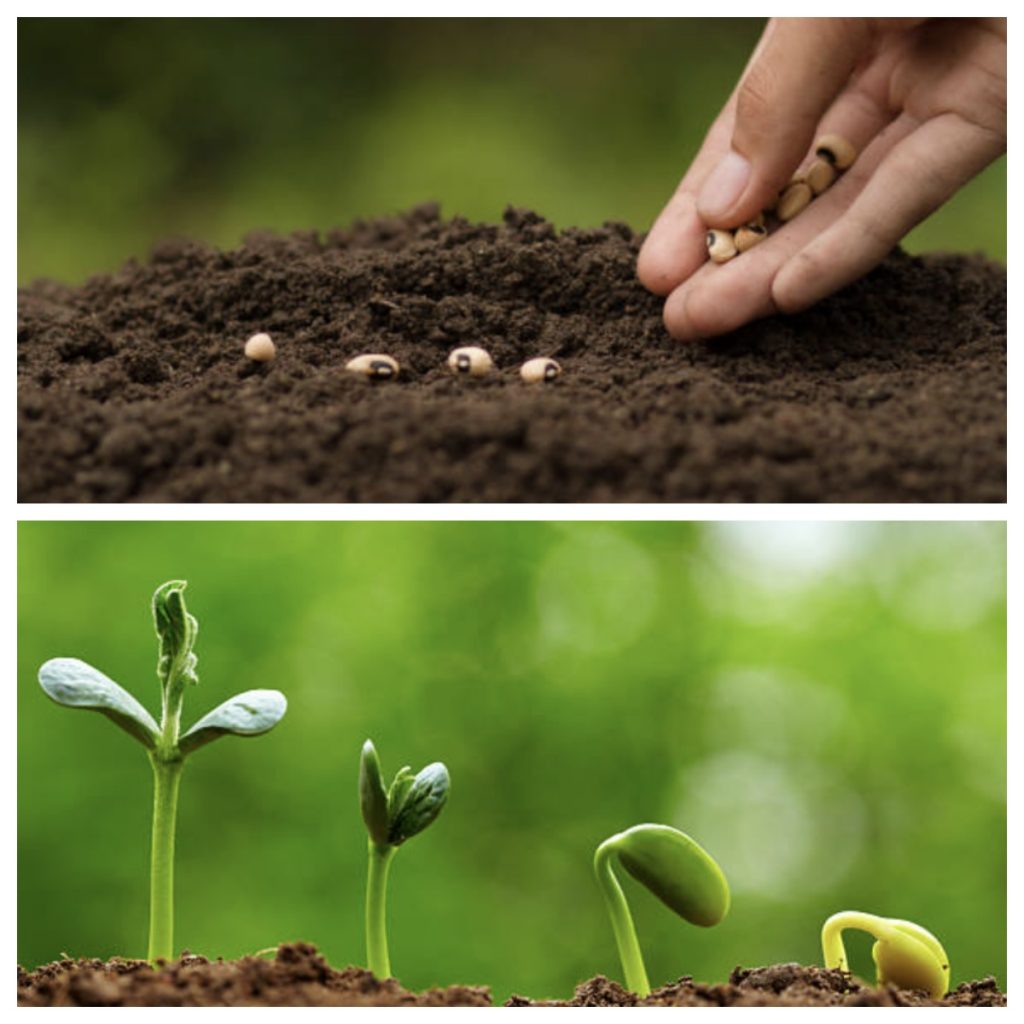
Best Bean Varieties for Beginners
- Bush Beans (‘Provider’, ‘Blue Lake’): Compact, no staking needed, perfect for patios.
- Pole Beans (‘Kentucky Wonder’, ‘Scarlet Runner’): Climbing vines that yield big—just add a trellis!
- Yardlong Beans (‘Red Noodle’): Dramatic length, loves heat, thrives in late summer.
Combine bush and pole beans for a continuous harvest and to maximize small-space growing.
Light, Soil & Space for Happy Beans
- Sunlight: Beans need 6–8 hours of direct sunlight every day.
- Soil: Loose, well-drained soil enriched with compost or aged manure.
- Ideal Conditions: Soil temp above 60°F (16°C), pH 6.5–7.0.
Don’t plant beans too early—cold soil delays germination.
Container vs In-Ground: Which to Choose?
Container Growing:
- Use 12-inch deep pots, at least 2 gallons per plant.
- Best for balconies, patios, or rooftops.
- Pair with compact bush types or dwarf pole beans.
In-Ground Planting:
- Rows spaced 18–24 inches apart.
- Excellent for raised beds or companion planting with corn.
Use teepees, wall trellises, or string nets for pole beans—kids love helping build them.
Watering, Feeding & Trellis Tips
- Water: Keep soil evenly moist. Deep soak 1–2 times a week.
- Feeding: Beans are light feeders. Compost is often enough.
- Support: Pole beans require sturdy supports; bush beans may need light support when heavy with pods.
Common Problems & Organic Fixes
- Yellow leaves? → Too much water or poor drainage. Use lighter soil.
- No pods? → Not enough sun or poor pollination. Gently shake flowers.
- Aphids? → Spray with neem oil or introduce ladybugs.
Harvesting & Storing Beans
- Pick beans when they’re slim, crisp, and firm.
- The more you pick, the more they produce.
- Store in breathable bags in the fridge for up to 5 days.
How to Cook + Best Companion Plants
In the Kitchen:
- Sauté with garlic and lemon.
- Blanch and freeze for meal prep.
- Stir-fry with sesame oil and chili.
Garden Friends:
- Corn (pole beans climb it!)
- Carrots & Radishes (space-efficient)
- Marigolds (repel pests)
Avoid planting near onions or garlic—they stunt bean growth.
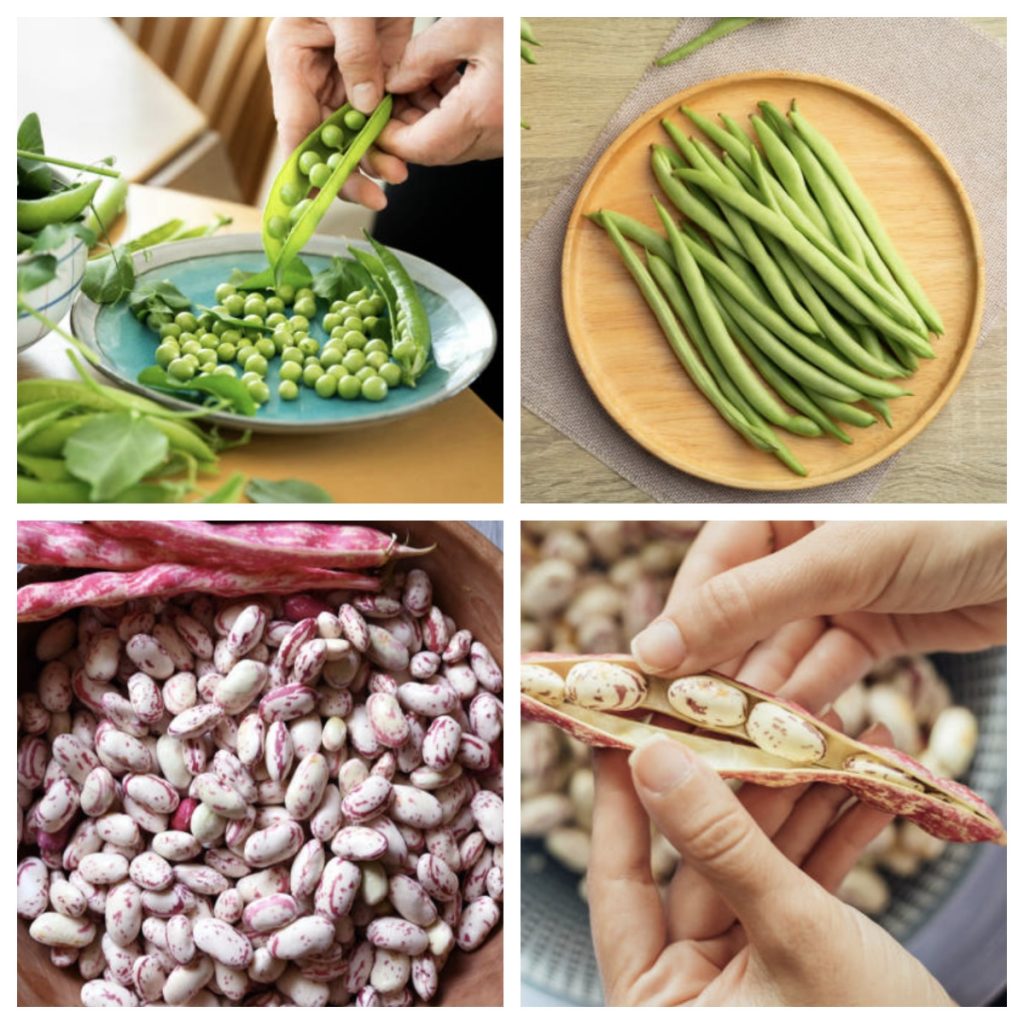
Final Thoughts
Growing beans is like growing happiness: it’s fast, colorful, delicious, and surprisingly easy. Whether you have a full garden or just a few pots on a balcony, you can enjoy the satisfaction of picking your own crunchy pods.
Download your free printable Bean Growing Cheat Sheet and get started today.

